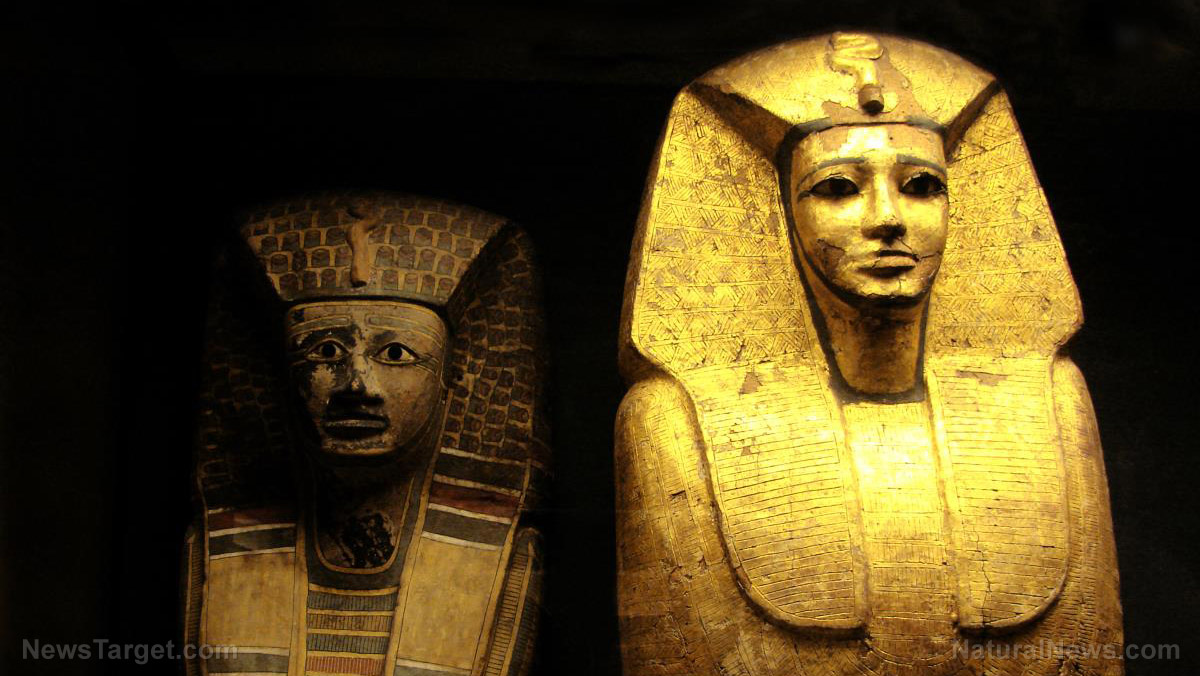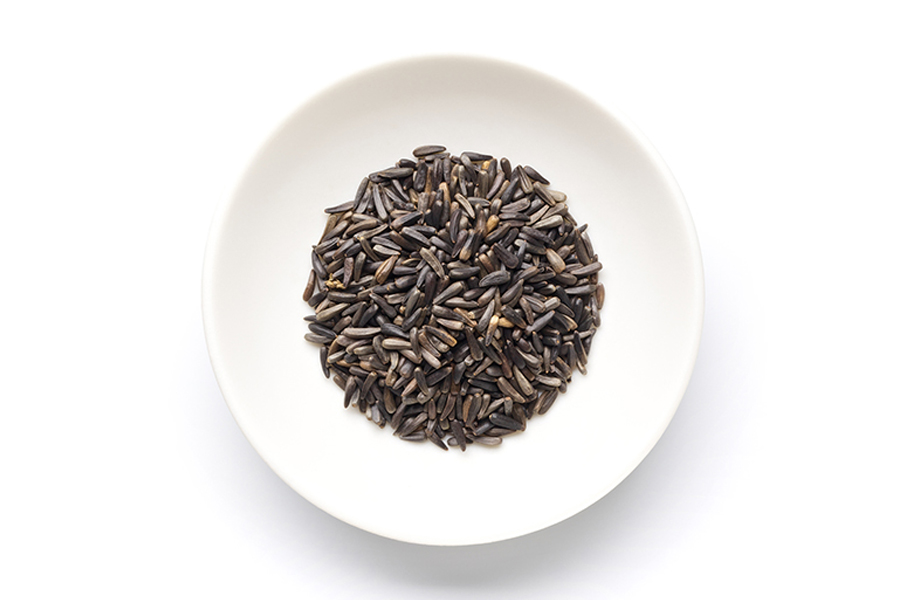Ancient secrets to fantastic hair: Scientists uncovered 3000 year old hair wax from the hair of Ancient Egyptian noblewomen
04/24/2020 / By Franz Walker

The Ancient Egyptians may have discovered the secret to having long-lasting, perfectly styled hair. Russian scientists identified a special kind of hair wax used by the Ancient Egyptians to preserve the shiny curls of their noblewomen for over 3,000 years.
In a recent study published in the Journal of Analytical Chemistry, a team from Moscow’s Kurchatov Institute described the contents of an Ancient Egyptian hair wax used in the preservation of mummies. They analyzed samples from three mummies whose hair had been meticulously styled and preserved in what must have been the popular hairstyle in Egypt in the first millennium BC.
“It was astonishing to see their long hair being so meticulously styled, with no lock out of place,” said Dr. Viktor Pozhidayev, a senior researcher at the institute’s biotechnology and bio-energy department. “We had the idea that special embalming compositions were used for their processing, and decided to find out their recipe.”
Keeping an extra-firm hold for millennia
The scientists at the institute used mass spectrometry to detect and identify the organic substances used in the embalming mix on the hair of two female mummies and one male. They then recorded the infrared spectrum from the samples before and after treatment with solvents, and identified the substances based on the results.
The results showed that the mixture contained beef fat, castor oil and beeswax. Further analyses identified the presence of abietic acid and dehydroabietic acid. The latter is a well-known acid found in pine tree resin. The researchers also found that two of the three mummies had fragrant pistachio oil added to their hair balms.
The findings confirm a theory among Russian scientists that the Ancient Egyptians used a different balm to preserve hair from what they used to preserve the rest of the body. All three mummies were from the first millennium BC, a time when mummification was a process reserved only for the elite who could afford to pay for it. (Related: DNA from mummy tomb suggests ancient Egyptians consumed sweet watermelons similar to modern varieties.)
Additional mummy research
The hair balm discovery was announced partly in an effort to bring focus to a much larger study being done on the mummies at the Pushkin State Museum of Fine Arts in Moscow. There, scientists are using modern technology, such as positron emission tomography (PET) and computed tomography (CT) scans, to “unwrap” the ancient mummies without breaking them out of their cocoons.
The scans give clues not just about the mummies, but also about their wrappings and the processes the Ancient Egyptians used to preserve them. They also provide a glimpse of the objects the mummies had inside of them, such as fabric rolls and even some ritual accessories.
“On the computer screen we can see that some parts of [the] body are filled with objects that were inserted during the mummification process,” said Sergey Kartashov, a researcher at the Kurchatov Institute.
Other strange finds from the study include a mummy that was found to have had both feet chopped off during mummification. The scientists have yet to determine whether the mummy was male or female and why the mummy’s feet were severed.
Ancient Egyptians are believed to have started using natural mummification in the Neolithic era by placing the dead in shallow pits in the sand in a fetal position. The process was seen as a preparation for the afterlife. Artificial mummification was developed later on and involved specially trained artisans who conducted the complex and expensive rite.
Sources include:
Tagged Under: Ancient Egypt, ancient history, artifacts, discoveries, hair wax, mummies, mummification, natural ingredients, preservation, research
RECENT NEWS & ARTICLES
COPYRIGHT © 2017 RESEARCH NEWS



















